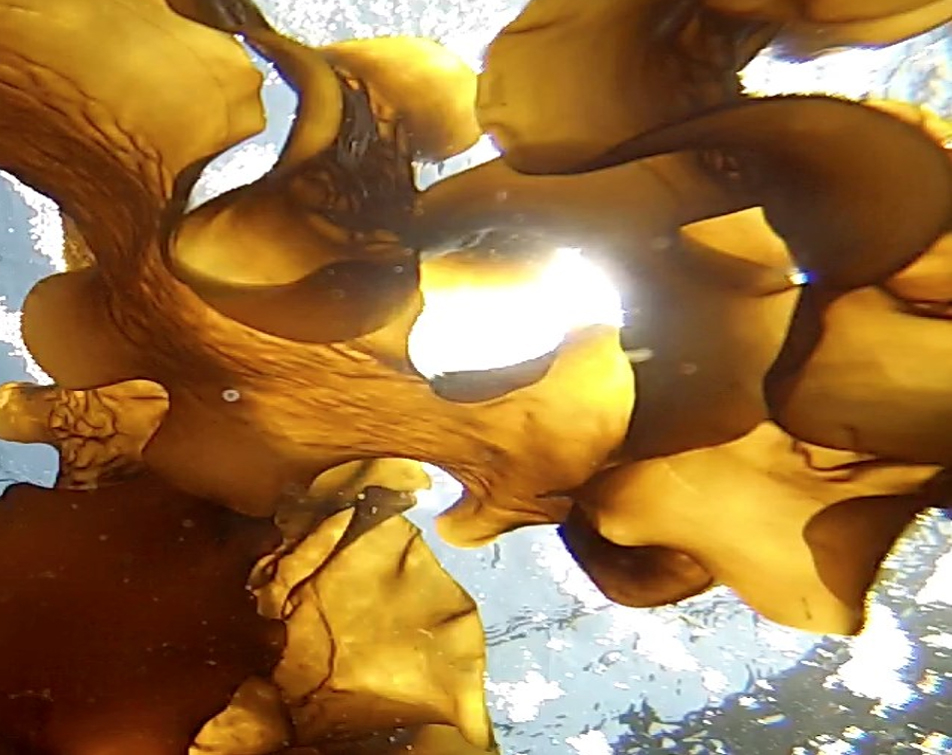These differences were translated into different physiological consequences, from growth characteristics to internal composition related to DIP and DIN availability. Some species were well equipped to withstand low periods of nutrient limitation, some were very efficient in DIP and DIN uptake. For the first time ever, a comprehensive insight was achieved in DIP and DIN uptake kinetics, management strategies and physiological effects in these North Sea seaweed species. With this insight ecological effects of nutrient limitations and shifts in limitation can be estimated. And ecological importance of seaweeds in terms of ecosystem services (e.g. DIP/DIN cycling) demonstrated. The results also allow prediction of potential seaweed biomass production in (off-shore) cultivation.
This thesis furthermore provides novel concepts for standardized texture analysis on the seaweeds, enabling research into the effects of environmental conditions on the tissue toughness of seaweeds. Finally, an optical analysis to estimate protein concentration in U. lactuca is introduced, which resulted in the EyeOnUlva smartphone app.
Alexander Lubsch studied Bioscience BSc at Univeristy of Münster, before he intensified his studies on marine science at the University of Rostock and Alfred-Wegener Institute for Marine and Polar Research (AWI) on the island of Helgoland. His MSc thesis was about the palatability of different seaweed parts on various herbivores. Before he dedicated himself to his PhD project about nutrient uptake dynamics and cultivation of North Sea seaweeds at NIOZ on Texel, Alexander worked on many sea-going surveys, including shrimp-, herring-, mackerel-, cod-, and flatfish migration and stocktaking, as well as testing fishing techniques and hydro-acoustics in the North Sea.
He will defend his thesis, entitled: ‘North Sea seaweeds: DIP and DIN uptake kinetics and management strategies’ on Friday 24th of May, 2.30 PM at University of Groningen.
